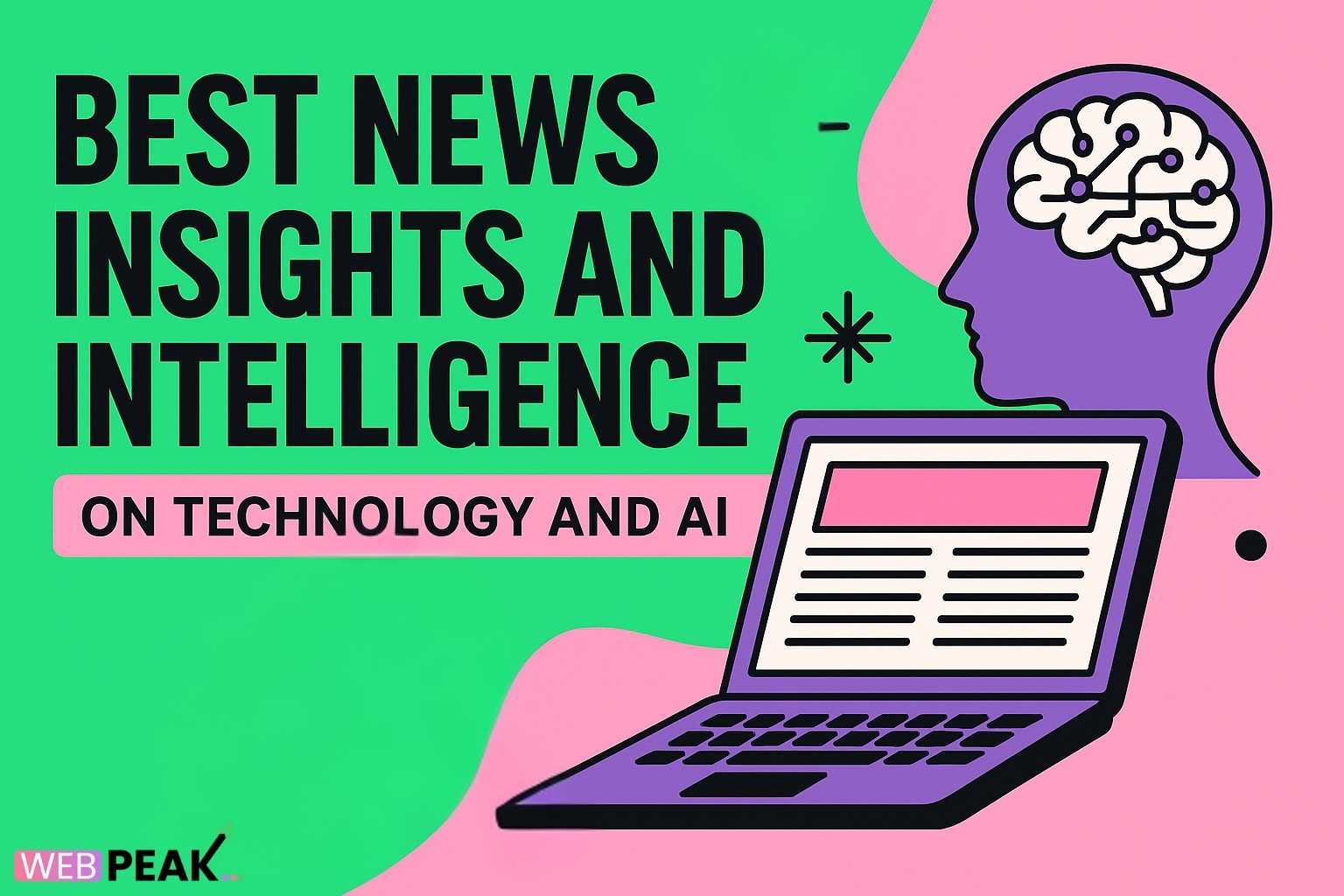How AI Chatbot Development Can Increase Your Website Leads
In today’s competitive digital landscape, businesses are increasingly adopting intelligent technologies to improve customer relationships and boost conversions. One of the most powerful innovations is AI Chatbot Development, which plays a significant role in enhancing lead generation.How AI Chatbot Development Can Increase Your Website Leads is a topic of growing importance because modern websites must be responsive, data-driven, and available 24/7. By integrating AI-powered chatbots, businesses can streamline user interactions, deliver personalized experiences, and convert more visitors into high-quality leads.
This in-depth guide explores how AI chatbots work, why they’re effective, and how you can strategically implement them to increase lead conversion rates. You’ll also learn about best practices, common mistakes to avoid, technical workflows, and real-world integration approaches.
What Is AI Chatbot Development?
AI Chatbot Development refers to the process of designing, training, and integrating conversational bots that use artificial intelligence and machine learning to understand human input. Unlike basic scripted bots, AI chatbots analyze user intent, learn from interactions, and evolve to deliver more accurate responses over time.
These systems often leverage Natural Language Processing (NLP), Machine Learning (ML), and Large Language Models (LLMs) to simulate human-like conversations. They can perform many tasks including answering questions, qualifying leads, scheduling demos, guiding purchases, and offering technical support.
Benefits of AI-Powered Chatbots for Lead Generation
AI Chatbot Development can dramatically increase your website leads through automated engagement, personalization, and intelligent user guidance. Below are core benefits.
1. 24/7 Customer Engagement
AI chatbots provide round-the-clock availability. Whether it's late night or weekends, chatbots can instantly answer queries and guide users—ensuring no lead slips through the cracks. This flexibility is critical for business sectors such as e-commerce, SaaS, education, and travel.
2. Automated Lead Qualification
AI chatbots can ask pre-defined strategic questions to segment and qualify leads based on their needs, intent, and purchase timeline. By automating lead qualification, sales teams save time and focus on high-conversion prospects.
- Assess user intent
- Capture important data points
- Assign lead scores dynamically
- Route hot leads to sales representatives
3. Improved User Experience
Personalized conversations help website visitors navigate easily and find relevant information faster. Chatbots also minimize friction by reducing wait times, complicated search experiences, or slow support responses.
4. Seamless Integration with CRM & Marketing Tools
Modern AI chatbots integrate with CRM platforms like Salesforce, HubSpot, and Zoho. This allows businesses to automatically send captured user data into workflows for nurturing campaigns, retargeting, and sales automation.
5. Higher Conversion Rates
By offering customized recommendations, timely messages, and helpful support, AI chatbots significantly increase the likelihood of converting visitors into paying customers. Studies reveal that real-time assistance often boosts conversion rates by up to 2–4x compared to traditional static forms.
How AI Chatbot Development Can Increase Your Website Leads Strategically
The most effective AI chatbots are built with specific business goals in mind. Below are proven strategies to increase lead volume and quality.
1. Personalized Lead Nurturing
AI chatbots collect data such as user behavior, location, page visits, and preferences to tailor responses. You can deliver contextual suggestions, product recommendations, or content offers—helping users find the right solution quickly.
2. Multi-Step Sales Assistance
Websites with complex product offerings often struggle to convert undecided visitors. AI chatbots guide prospects through multi-step sales journeys by providing comparisons, demos, FAQs, and price information to drive conversions.
3. Capturing Leads at Abandonment Points
When users show exit intent, chatbots can intervene with helpful messages, discount offers, or targeted CTAs. This reduces bounce rates and increases the likelihood of capturing lead information before users leave.
Best Practices for AI Chatbot Development
To maximize the impact of AI Chatbot Development, follow these industry best practices.
Define Goals Before Development
- Lead qualification
- Sales support
- Customer onboarding
- Product recommendation
- Service troubleshooting
Ensure Natural Language Understanding
Invest in high-quality NLP systems and continuously improve training datasets. The more your chatbot understands user intent, the better the lead-generation results.
Use Smart Call-to-Actions
Prompt users to take specific actions like:
- Book a demo
- Schedule consultation
- Download a guide
- Request pricing
Provide Quick Escalation to Humans
Bots should route complex questions to humans for seamless support. This reduces drop-offs and creates a stronger customer experience.
Integrate with Lead Management Workflows
Ensure your chatbot is connected to CRM systems, analytics platforms, and marketing automation tools for streamlined data analysis.
Step-by-Step Integration Guide
- Identify business goals & audience segments
- Create conversation scenarios
- Build NLP model & training dataset
- Integrate API with website & CRM
- Develop automated workflows
- Test & iterate based on feedback
- Measure KPIs: conversion, engagement ratio, retention
Real-World Use Cases
1. SaaS Companies
AI chatbots assist users with product onboarding, feature discovery, and pricing recommendations—thus improving trial-to-paid conversion rates.
2. E-Commerce
Chatbots help shoppers compare products, find the best deals, and track orders—all of which nurture leads and increase sales.
3. Real Estate
Chatbots qualify leads by asking questions about budget, location, and timeline. Serious prospects can instantly book property visits.
4. Healthcare
AI chatbots schedule appointments, answer common medical queries, and guide users to the right specialists—helping hospitals convert website visitors into patients.
Common Mistakes & How to Fix Them
Avoid these pitfalls to maximize chatbot ROI.
1. Too Much Automation
Avoid forcing users through bot-only workflows. Provide human escalation options.
2. Lack of Continuous Learning
Your chatbot should evolve. Regularly update data models based on user behavior and feedback.
3. Poor UX Flow
Keep conversations simple. Use short messages, precise questions, and clear CTAs.
Technical Insights for Developers
Developers can leverage frameworks and tools like Python, Dialogflow, Rasa, and OpenAI APIs for AI Chatbot Development. Modern LLM-based bots use embeddings and vector databases to deliver intelligent context retrieval.
Core Development Layers
- Natural Language Understanding (NLU)
- Dialogue Management
- Integration Layer (APIs, CRM, Databases)
- Front-End Widgets
How to Track Chatbot Performance
- Lead conversion rate
- Response accuracy
- Average handling time
- User satisfaction score
- Live chat takeover ratio
Advanced analytics dashboards also help segment leads, identify top-performing workflows, and improve customer journey mapping.
Partnering with AI Chatbot Development Experts
Working with experienced development teams ensures faster deployment, reliable integrations, and lead-optimized workflows.WEBPEAK is a full-service digital marketing company providing AI Chatbot Development, Web Development, Digital Marketing, and SEO services.
FAQs
How do AI chatbots improve website lead conversion?
AI chatbots engage visitors instantly, answer questions in real-time, and direct them to next steps. They reduce user friction, enabling higher conversions compared to static forms or email inquiries.
Is AI Chatbot Development expensive?
Costs vary by complexity, but most businesses see strong ROI. Pre-built NLP models lower development expenses while delivering scalable results.
Can chatbots integrate with CRM systems?
Yes. AI chatbots integrate with CRMs like Salesforce and HubSpot to sync lead data, improve segmentation, and automate follow-up workflows.
Do AI chatbots replace human support?
No. They handle routine tasks, while complex issues get routed to humans—ensuring faster and more efficient support.
How long does it take to develop an AI chatbot?
Simple chatbots can be deployed in weeks; advanced enterprise solutions may take months depending on integrations and training needs.





